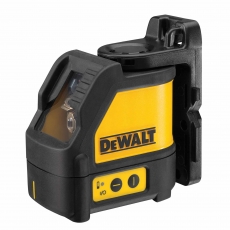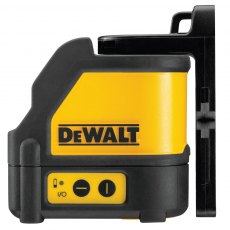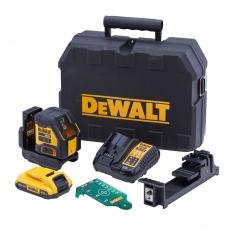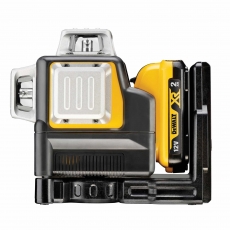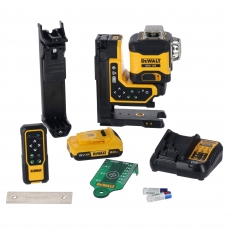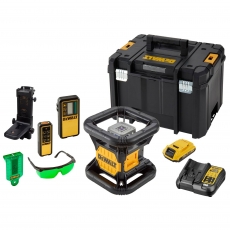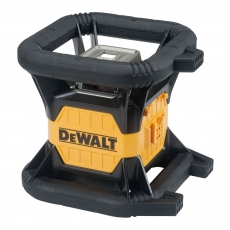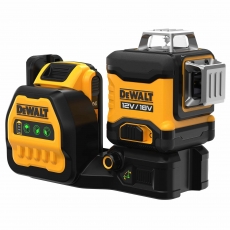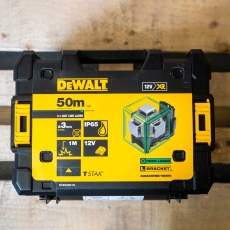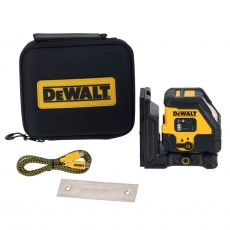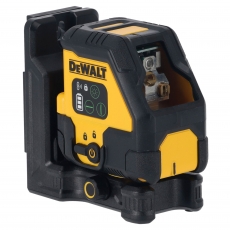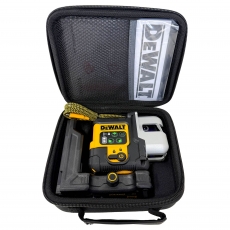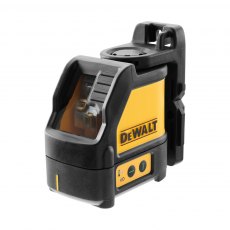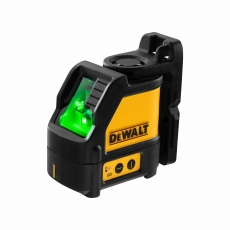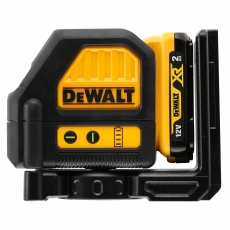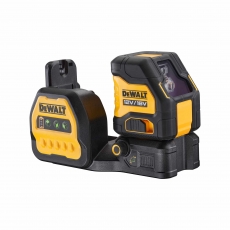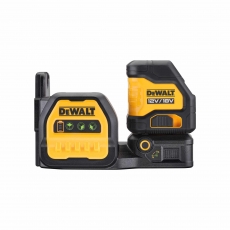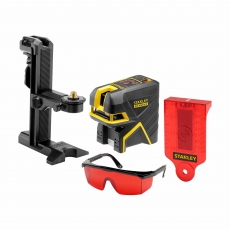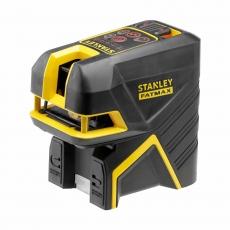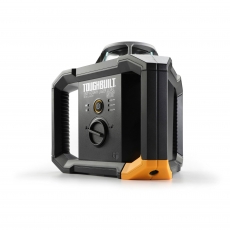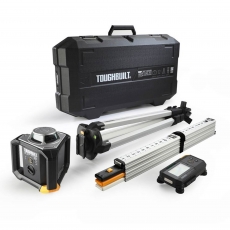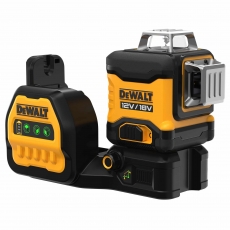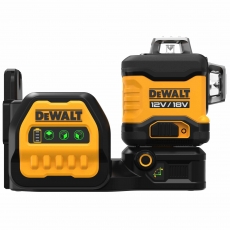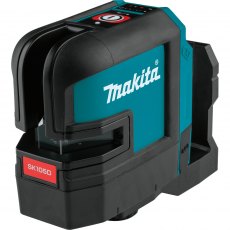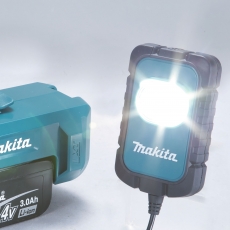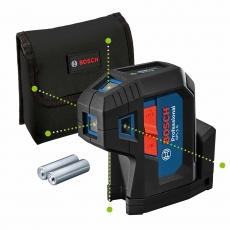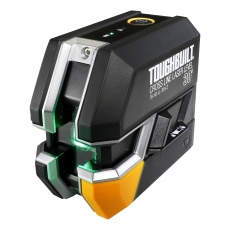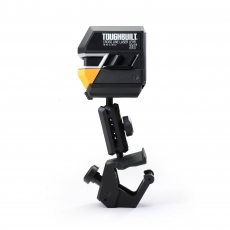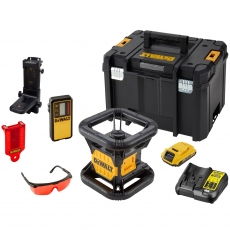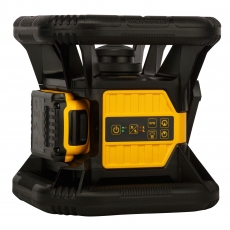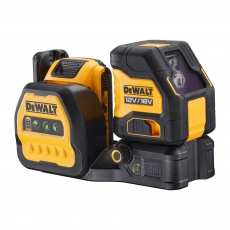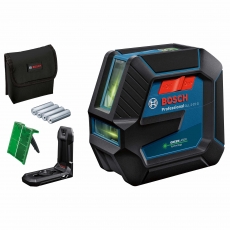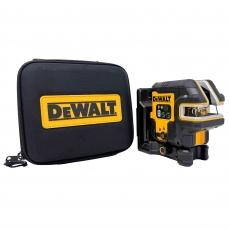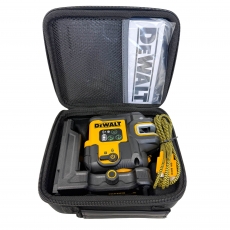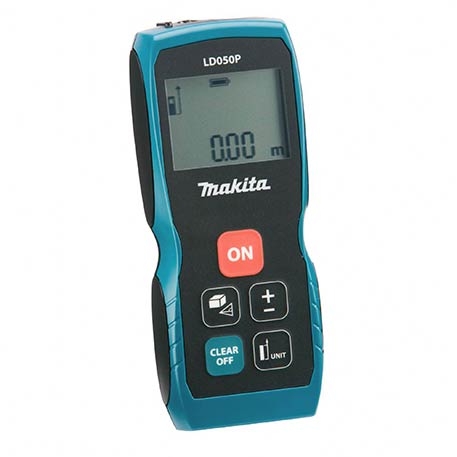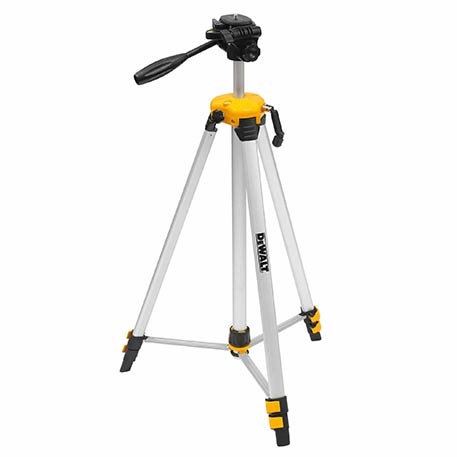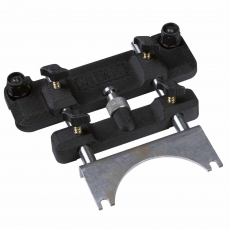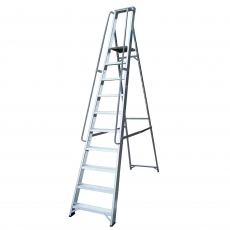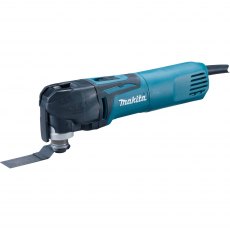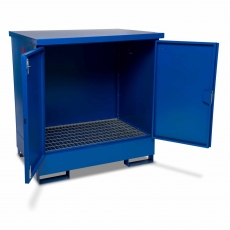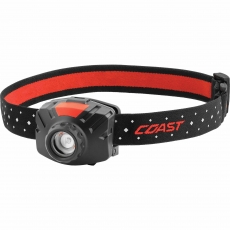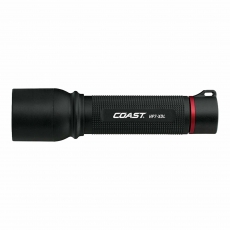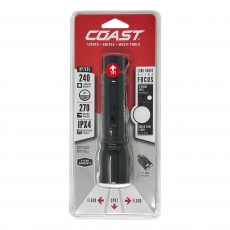Currently Out Of Stock
Laser Levels
Laser levels provide consistent accuracy and convenience, ensuring your work is always straight and level. Sometimes referred to as laser line levels, laser levels do the same job as a spirit level — but a little more sophisticatedly. Laser levels beam a line of laser light onto surfaces that you can use to ensure your work is perfectly straight. They have a wide range of uses, whether you’re a professional tradesman starting a complex construction project or an amateur DIYer looking to hang a curtain rail, wall cabinet, shelf or picture frame.
At ToolStoreUK, we have DeWalt laser levels, Bosch laser levels, plus many more from other top leading brands. Most laser levels emit a horizontal line but look out for laser levels that generate both a vertical and horizontal beam, either individually or simultaneously. Some basic models emit a red laser light, which are less powerful but use much less power. Models with green lasers are usually more expensive but the light is more visible particularly outside in sunlight.
Frequently Asked Questions
When would you need to use a laser level?
Laser levels offer a straight and level reference point when working over large areas or surfaces. They beam a constant and level line of laser light onto a surface, either on a horizontal or vertical plane. If you need an exact and consistent level transferred from one area to another, a laser level will help you with that.
Here are just a few tasks that a laser level will help you accomplish accurately:
- Fitting dado rails or panelling
- Hanging pictures or shelves
- Installing kitchen cabinets
- Levelling a floor
- Aligning and plumbing walls
- Installing windows or doors
- Fixing skirting boards
But laser levels are not limited to indoor tasks, they are also useful for outside tasks, like installing decking or fencing. Sunlight tends to outshine laser beams, so it can be difficult to see the laser light outside. Green laser beams are more visible outdoors than red beams as they produce crisper points or lines. Green lights appear brighter to the human eye than red lights, so if you’re planning to use your laser level outside, consider choosing one that has a green laser light. Red lasers are perfect for lower-light situations like fitting enclosed units.
What different types of laser levels are available?
To choose the best laser level for your needs, have a think about what you will be using your laser level for. There are different types of laser levels available designed to tackle different tasks.
Spot laser level
Most commonly used for plumbing installation, HVAC and electrical work, spot laser levels project a small circle of light onto the surface your laser is focused on. Use your spot laser level to make sure joists, stud walls and pipes are plumbed accurately.
Line laser level
Line laser levels project a visible laser line, rather than just a dot. They are designed for indoor use and are ideal for installing skirting boards or shelves. Depending on the model, most line laser levels project distances around 5 to 25 metres.
Cross line laser level
Generally used for indoor use, cross line laser levels project two lines (vertical and horizontal) to produce a precise 90° angle. They are generally used for indoors for tasks, such as laying tiles or installing cabinets.
Rotary laser level
Rotary laser levels are the most advanced type of laser level and are often used by professionals for earthworks, levelling and masonry work. They can be used outdoors and in very large indoor spaces. With a projection range up to 360°, rotary laser levels use a diode to project a beam of laser light.
Look out for lasers that offer a self-levelling function, where the device automatically levels itself regardless of the type of surface it is sitting on. This functionality can be found on all the types of laser levels mentioned above.
Red or green laser levels - which is better?
There is no difference in the accuracy provided by red or green laser levels. The choice will come down to your budget or what you will be using your laser level for.
Red lasers
The frequency of a green laser beam can be detected four times better by your eye than a red laser beam, so red lasers don't produce as great a range as green lasers. Red lasers, however, have a longer battery life and are generally a lot cheaper. As most receivers can only detect red light, they are compatible with most receivers, where green lasers wouldn’t be.
Green lasers
Four times more visible to the human eye than red laser light, a green laser has a much wider range, allowing you to work accurately and precisely even under bright conditions. This is particularly important if you need to work outside. Green light also travels longer distances, making them especially useful on construction sites. They do however, cost more than red laser levels as they use more components and better laser diodes.
Can a laser level be used outside?
Laser levels are often used outside for construction and surveying tasks. Here are a few examples of some outdoor uses for laser levels:
Many laser levels are specially designed for use in daylight. If you plan to use your laser level outside, you will want to choose one with a green laser light. Green laser beams are four times more visible to the human eye than red beams and can work over long ranges, even in broad daylight. Rotary laser levels are ideal for outdoor use as they can project 360° planes either horizontally, vertically, or both. Because of the additional components and better diodes required to build green light laser levels, they do cost a little more than laser levels with red lights.
- Checking land elevations
- Installing fences and decking
- Masonry alignment
- Installing drainage systems
- Levelling groundworks




